Wake of the Flood by The Grateful Dead
Buy Wake of the Flood The Grateful Dead‘s long awaited sixth studio album, Wake of the Flood, marked a new era for the California band. Their first studio album in nearly three years, […]
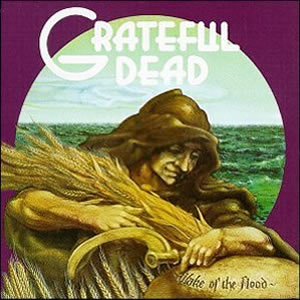
Buy Wake of the Flood The Grateful Dead‘s long awaited sixth studio album, Wake of the Flood, marked a new era for the California band. Their first studio album in nearly three years, […]
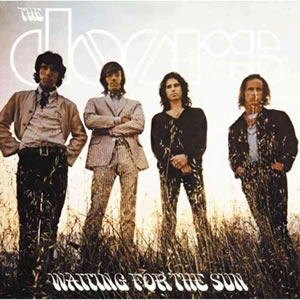
Buy Waiting For the Sun The Doors third album, Waiting For the Sun, is probably the weakest of their six original studio albums. Lead vocalist and lyricist Jim Morrison admitted that he was […]

Buy Van Halen’s Debut Album Van Halen‘s debut album is a pedal-to-the-metal hard rocker with a distinct approach that thundered onto the scene in early 1978. This self-titled album continues to rank among the […]
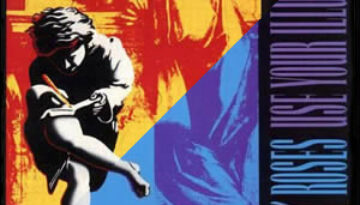
Buy Use Your Illusion I Buy Use Your Illusion II It had been four years since Guns n’ Roses had put out their last full studio album, which also happened to be their […]
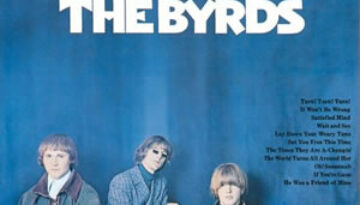
Buy Turn! Turn! Turn! The Byrds finished their breakout year of 1965 with their second highly acclaimed and commercially successful album of that year. Turn! Turn! Turn! built on the group’s distinct, multi-guitar-timbre, […]
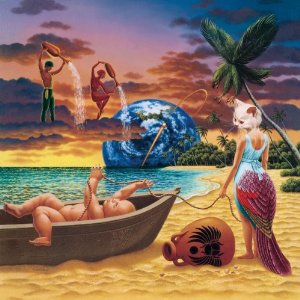
Buy Trial by Fire For Journey‘s most avid fans, the 1996 album Trial By Fire may be best described as one last guilty dip into the group’s heyday of the previous decade. With […]
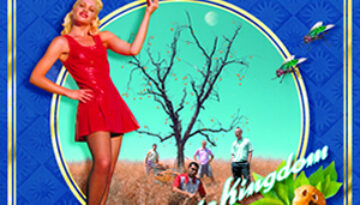
Buy Tragic Kingdom No Doubt offered an upbeat breath of fresh air to the mid nineties with their dynamic masterpiece, Tragic Kingdom. This third overall studio album by the California-based rock band found tremendous […]
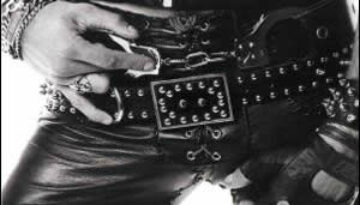
Buy Too Fast for Love Perhaps more than any other band, Mötley Crüe epitomized the “hair band” phenomena of the 1980s, with their updated version of 1970s glam. But they did have a […]
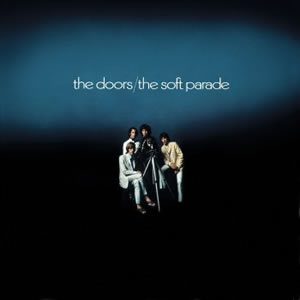
Buy The Soft Parade 1969 was a tumultuous year for the The Doors. The main incident which caused their collective headache happened in Miami in March when vocalist Jim Morrison was arrested for […]
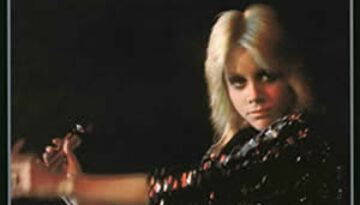
Buy The Runaways The Southern California all-female teenage rock group The Runaways had a short and tumultuous career during the mid 1970s, a career which commenced with their 1976 self-title debut album. In […]